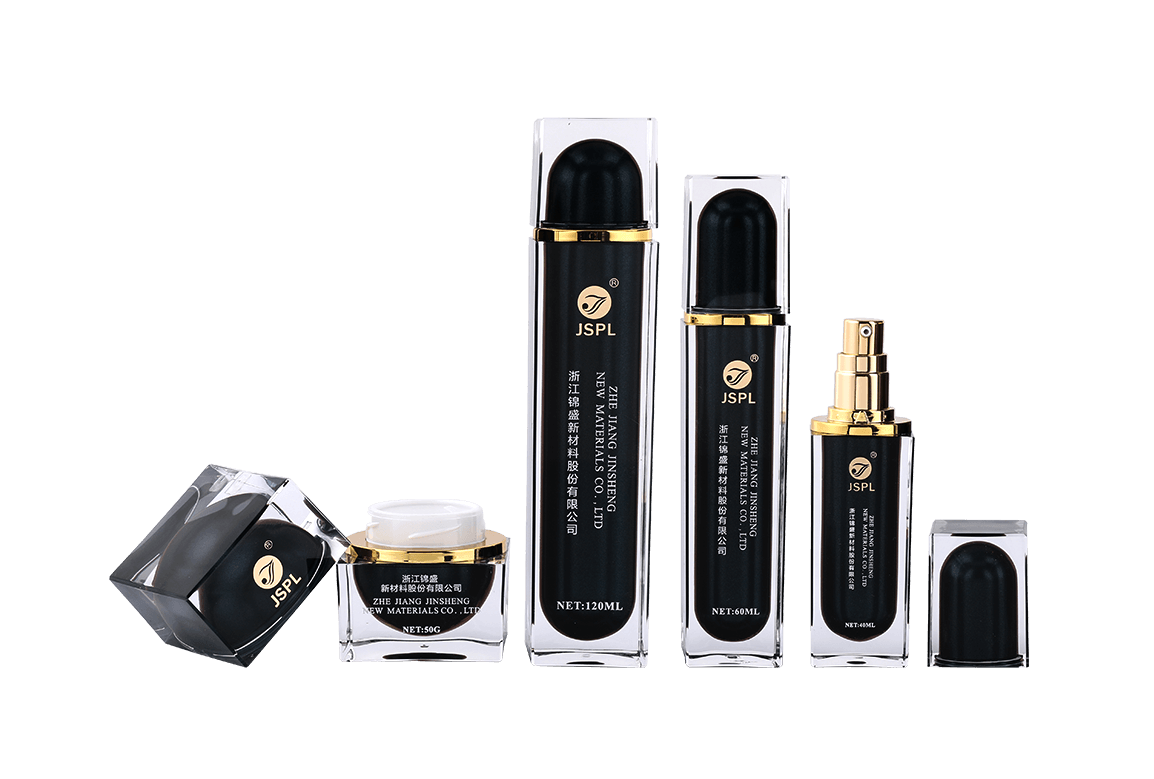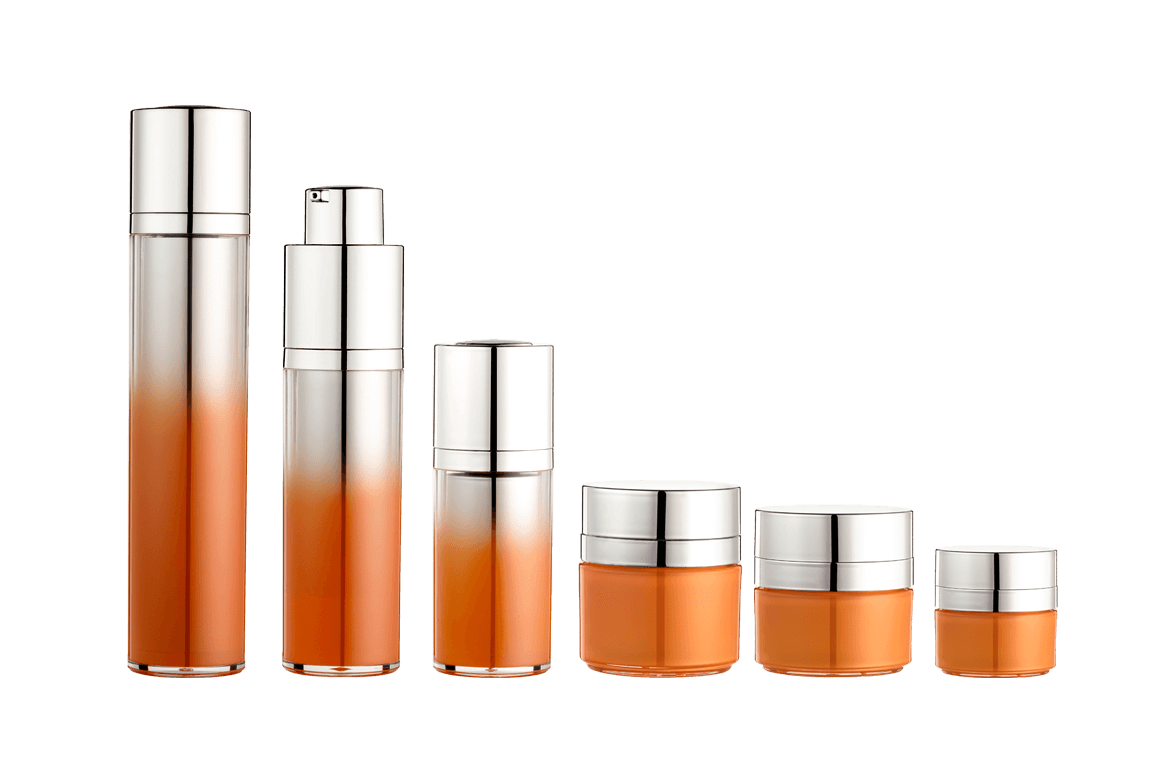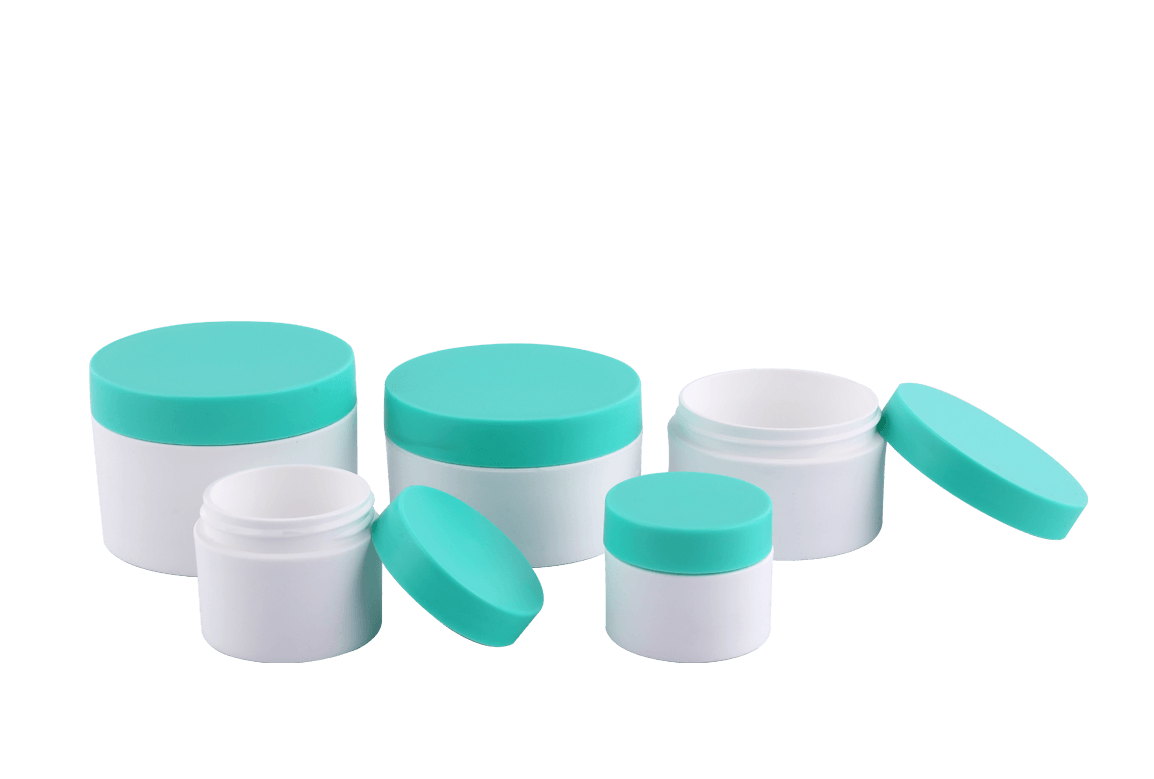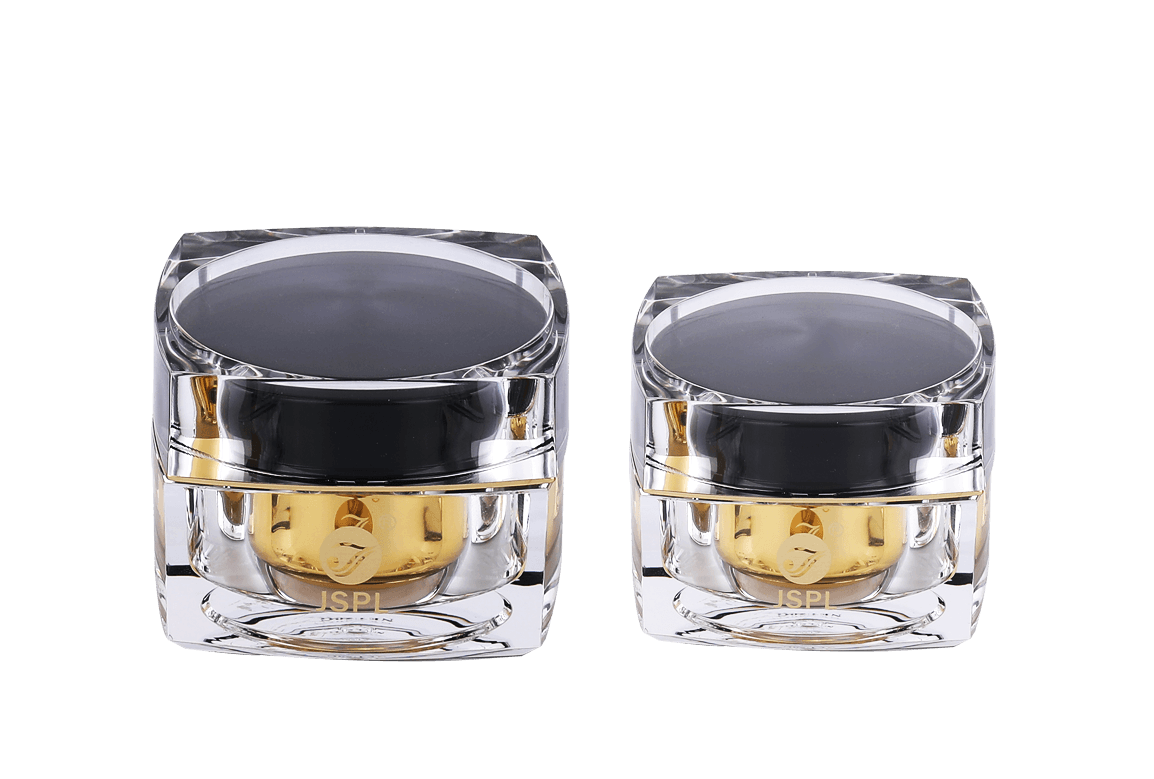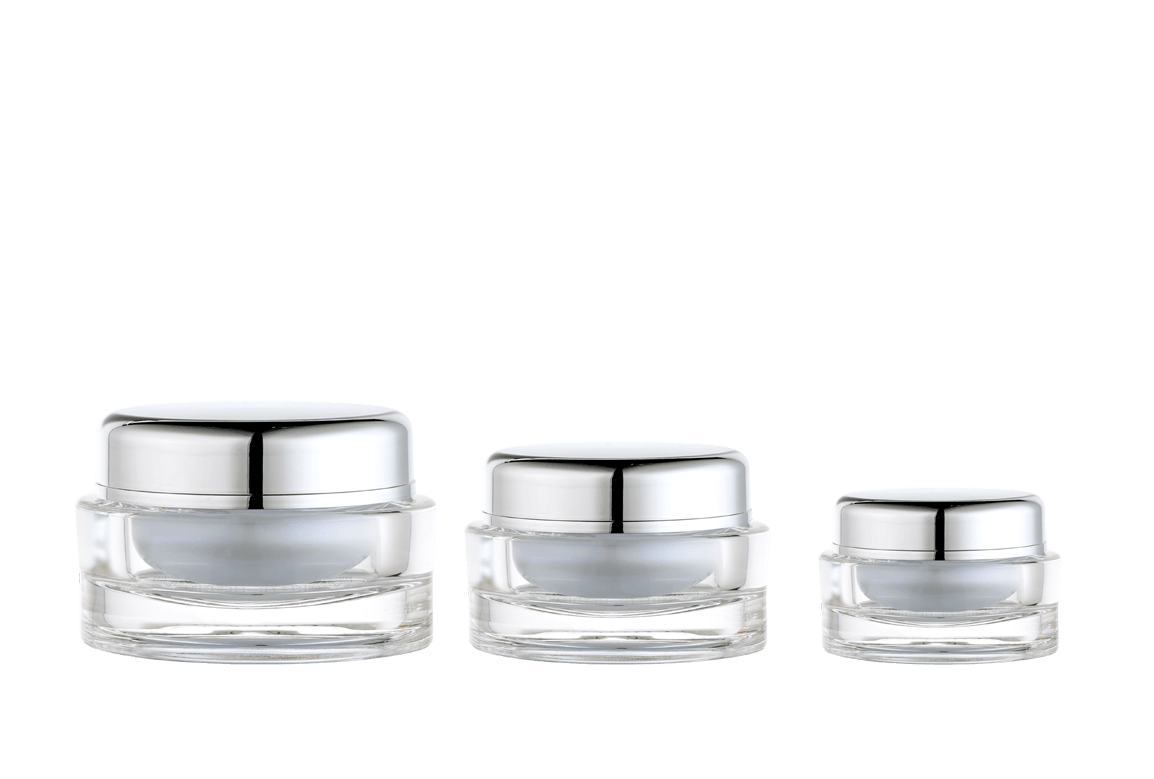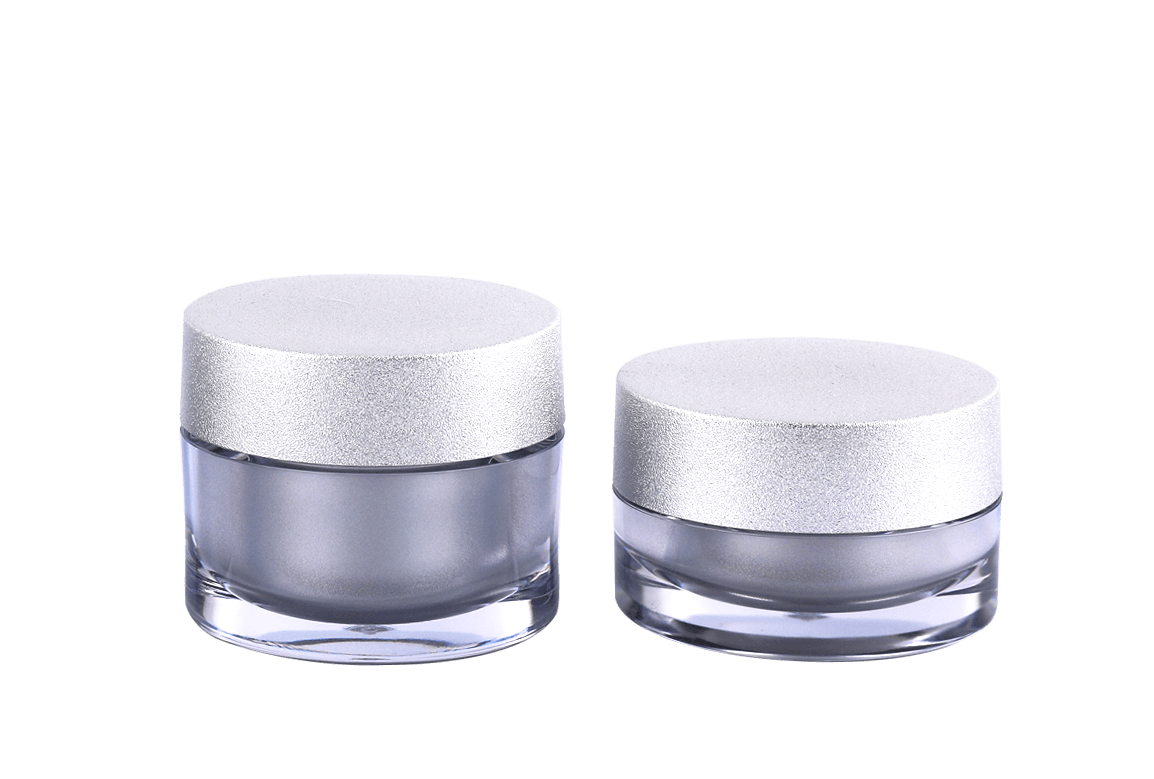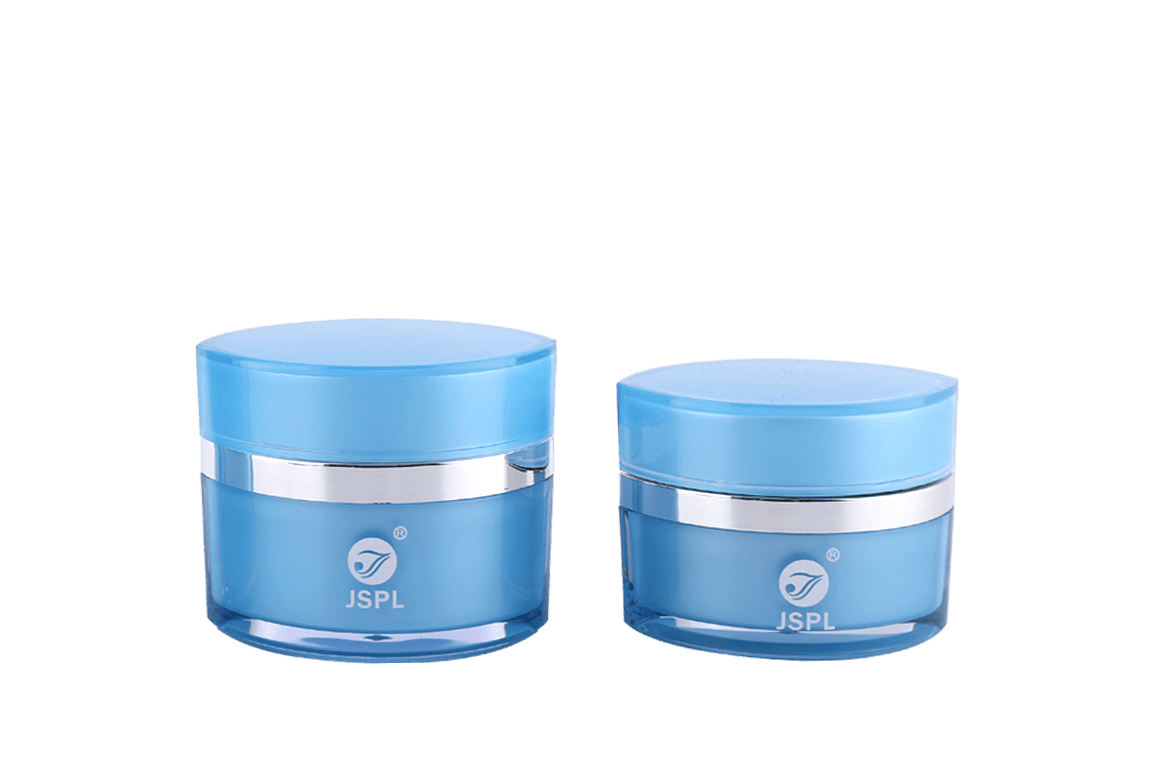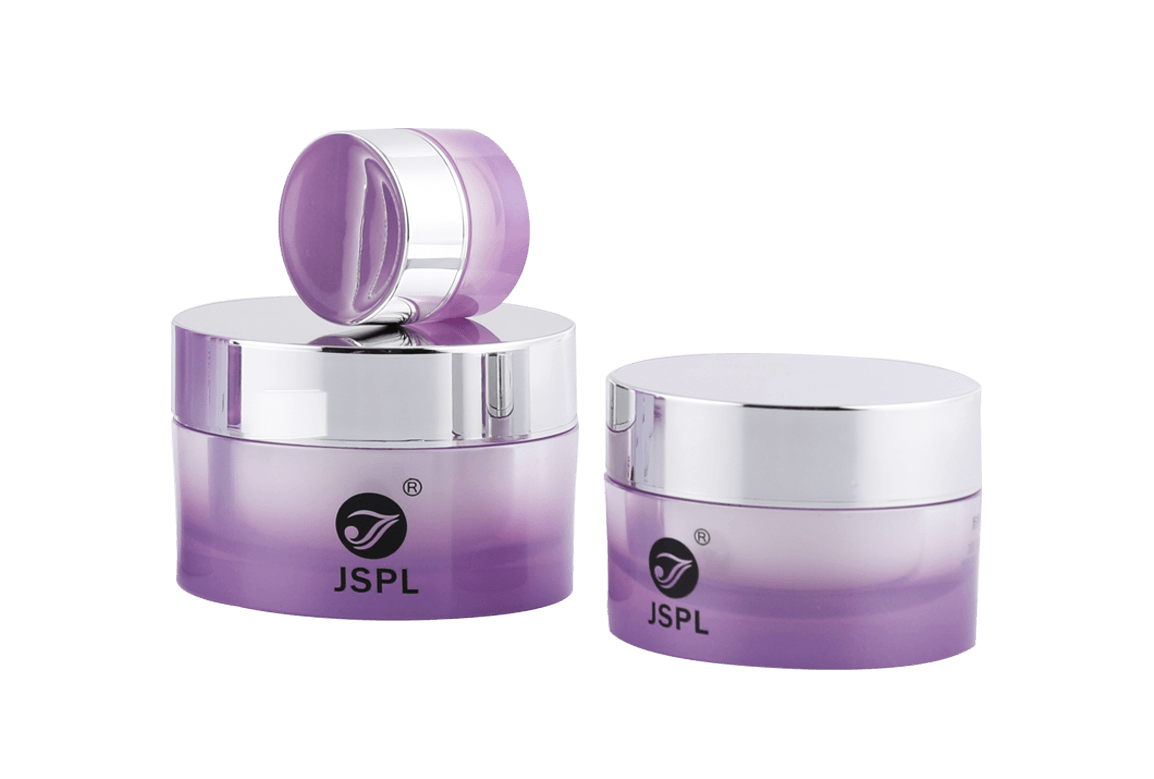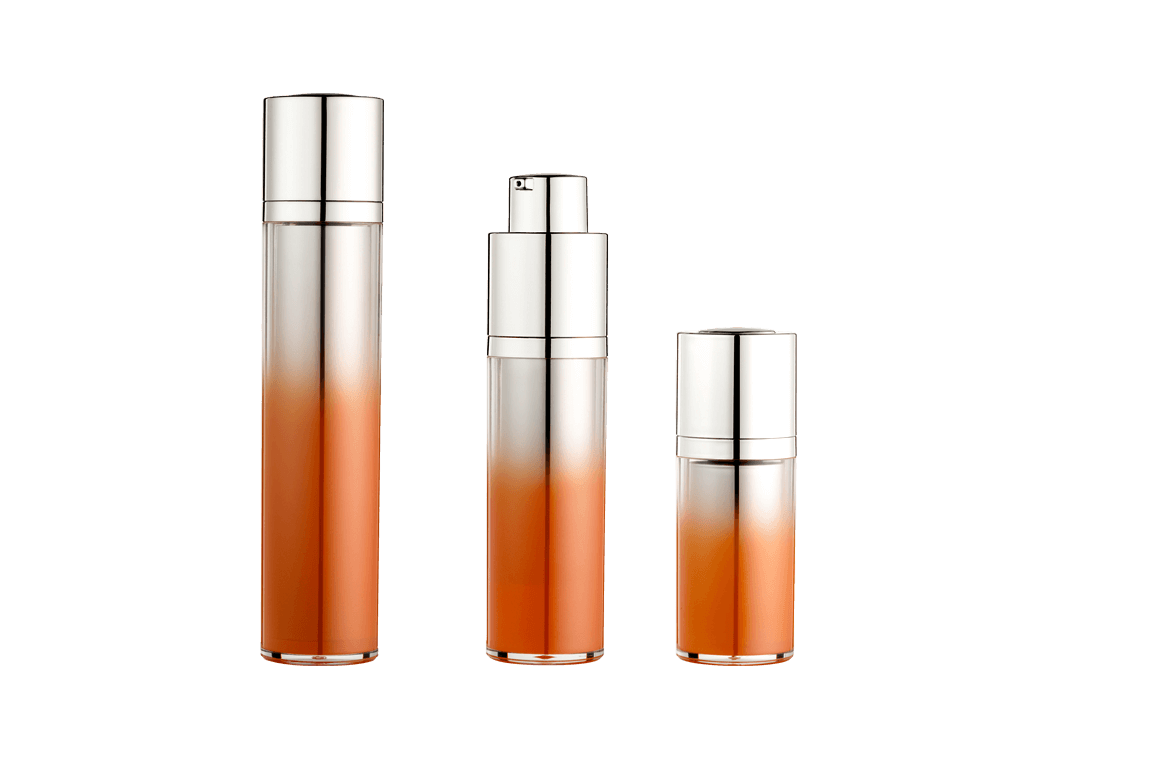Preventing photooxidation in acrylic cream jars involves both packaging considerations and formulation choices. Here are several strategies to minimize photooxidation and ensure the stability of light-sensitive ingredients in your skincare or cosmetic products:
Choose UV-Resistant Acrylic:
Select acrylic cream jars specifically designed with UV-resistant properties. These jars have additives or coatings that help block a significant portion of UV radiation from penetrating the container. UV-resistant acrylic acts as a protective barrier for the product inside.
Use Appropriate Packaging Colors:
Opt for opaque or tinted packaging, such as amber or blue acrylic cream jars. These colored containers can further reduce UV exposure by filtering out specific wavelengths of UV light.
Consider Airless Pump Dispensers:
Airless pump dispensers minimize the product's exposure to air and light when it is dispensed. This can help protect light-sensitive ingredients from photooxidation, especially during the application process.
Store Products Properly:
Encourage consumers to store their skincare and cosmetic products in a cool, dark place away from direct sunlight. Proper storage can help preserve the product's stability and prevent photooxidation.
Choose Light-Blocking Labels and Decorations:
If you use labels or decorations on your acrylic cream jars, ensure that they are made from materials that block UV light. UV-resistant coatings on labels can provide an additional layer of protection for the product inside.
Incorporate Antioxidants:
Consider adding antioxidants to your product formulations. Antioxidants, such as vitamin E or ferulic acid, can help stabilize light-sensitive ingredients and protect them from the harmful effects of photooxidation.
Limit Exposure During Formulation:
When formulating your skincare or cosmetic products, minimize the exposure of light-sensitive ingredients to UV light during the mixing and filling processes. Work in a controlled environment with reduced UV light, if possible.
Use Light-Blocking Primary Packaging:
In addition to acrylic cream jars, consider using primary packaging (e.g., tubes, airless pumps, or bottles) made from materials that block UV light. This provides an extra layer of protection before the product is even placed in the acrylic jar.
Conduct Stability Testing:
Regularly perform stability testing on your products to monitor their performance over time. This helps identify any signs of photooxidation or degradation and allows you to make necessary adjustments to your formulations or packaging.
Educate Consumers:
Provide clear instructions to consumers on how to store and use your products to minimize photooxidation. Encourage them to keep the acrylic cream jars tightly closed when not in use and to avoid exposing the product to direct sunlight.
Consider Alternative Packaging Materials:
If your product contains highly light-sensitive ingredients and photooxidation is a significant concern, you may explore alternative packaging materials like opaque glass or UV-blocking plastics specifically designed for light-sensitive products.

 Chinese
Chinese España
España Italia
Italia Le français
Le français
